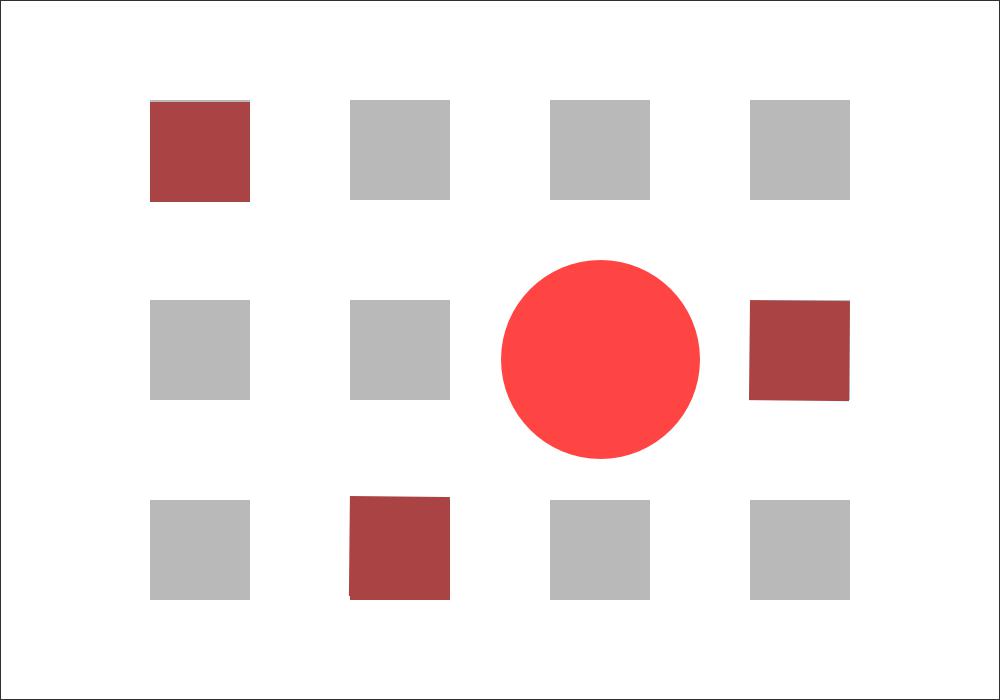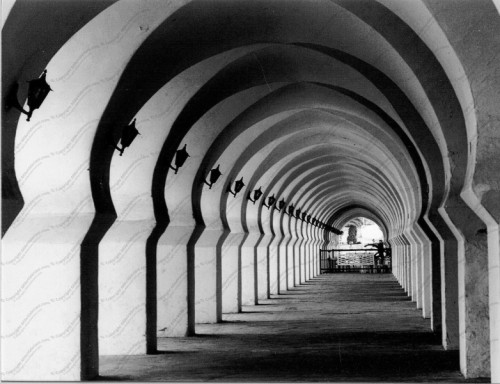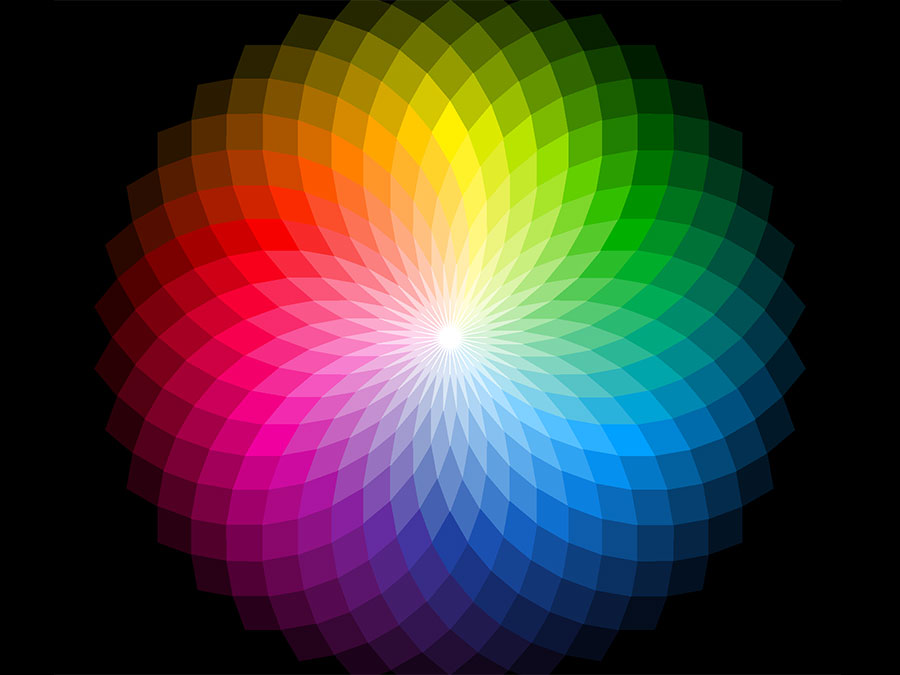Have you ever wondered why we are pleased to look at some works of art, but not at others? The reason for this is a successful or unsuccessful composition of the depicted elements. It depends on her how the picture, statue or even the whole building is perceived. Although at first glance it seems that it is not easy to foresee everything, in fact, creating a composition that will be pleasing to the eye is not so difficult. However, for this you need to know about the laws, principles and its other components. Let's find out about all this.
What is design and what are its features?
Before you consider the features of the composition, it is worth learning about such a concept as design. Although this word is often used in modern vocabulary, not everyone knows about its meaning.
This is the name of the type of artistic and technical activity aimed at the formation of a harmonious subject environment that most fully satisfies the material as well as spiritual needs of the individual.
When creating a composition in a design, two of its components are always paramount - practicality (functionality) and aesthetics (external beauty).
Kinds
The design itself is very versatile. At the same time, one can distinguish several of its main types:
- Graphic - aimed at creating fonts, pictograms, corporate identity, a variety of visual communications, etc. All images of this kind are created on a plane.
- Industrial - specializes in the development of machines, appliances, equipment, furniture, dishes, clothes. In this case, work is carried out not on a plane, but with volume.
- Architectural - aims at the development and construction of structures and their complexes (including interior). The creator in this environment works with space.
- Design of Architectural Environment. The most complex, as it is aimed at developing a complex-dynamic system of human habitat.
- Sphere design is one of the new types. It includes ecodesign, futurodesign, etc.
- Design aimed at the result of work. This type includes web-design, computer and art design.
What is a composition and why is it needed?
This word comes from the Latin compositio and means a harmonious combination of various elements of the work in such a way that they give the impression of a single whole.
Composition in design is the arrangement and connection of parts of the product due to their layout. It should correspond to their purpose, as well as the artistic-figurative design of the creator, which reflects the likely expectations of the end user of the designed product.
A bit complicated, isn't it? In simpler terms, the phenomenon being studied is the creation of a work that the customer will like. Based on this explanation, the purpose of the composition in the design is clear - to attract the attention of a potential buyer.
It is good, although the hero of the film "Gloss" explains his purpose a little bit toughly: "The artist’s job is to feel what is for sale ... What is not for sale is not art!"
Geometric and compositional center: what is the difference?
So what does the composition consist of? First of all, creating it, you need to find a compositional center. His goal is to attract the attention of viewers to the entire work. In fact, it is this part that is the anchor that should “hook” the one who saw the finished product.
In addition to compositional, in any work, the geometric center is also highlighted, which is actually its middle.
For a better perception of the work, of course, it is better when these two centers coincide, but this does not always happen.
There are a number of ways to focus on the compositional center, even if it is not located in the middle:
- Highlight it with color.
- Isolation using a different form from other elements of the composition.
- Highlighting with special lighting.
- Highlight due to contrast size compared to other details.
Composition elements
There are various classifications of compositional elements. Most experts agree that there are three main ones:
- A point is a graphic emphasis on a plane.
- Line - in shape it is characterized by extension or development on a plane in one coordinate direction (in length).
- Spot - unlike the above elements, it usually fills most of the graphics plane.
The main types of composition
As a rule, the three basic types of composition are distinguished.
- Frontal - implies filling the entire plane with an image. As a rule, it is used to create ornaments, carpets, mosaics, etc.
- Volumetric - refers to three-dimensional forms of art (architecture, sculpture, ceramics). In most cases, in order to consider a product of this kind, it is necessary to go around it from different sides, since it cannot be completely covered from one angle.
- Volumetric-spatial composition in the design - consists of several voluminous works located in space at certain intervals.
Compositional laws
Although each creator is guided by his own taste (or the desire of the customer) when creating the design, there are certain laws of composition that still have to be observed, and far from always understanding this. The fact is that they were isolated on the basis of long-term observations of psychologists on the ability of the human brain to perceive one or another combination of elements.
So, there are three laws of composition:
- Integrity and unity. Thanks to them, the work is perceived as a single whole, despite the large number of details. This law is based on two components - the indivisibility of the composition (the inability to perceive it as a set of individual components) and the need for communication and consistency between the elements of the composition (for this it is important to monitor how all the details are “friends” with each other and whether they are torn from each other) . The specificity of this law is that it applies only to the field of composition in the design of works of art.
- Equilibrium. This is a condition in which all elements are balanced among themselves. The balanced parts of the whole acquire the so-called visual stability. Basically, this state comes down to a balance in terms of expressiveness. The balance in the product can be static (the image seems stably motionless) and dynamic (its components give the impression of movement).

- Subordination. This is the subordination of all compositional details to a single author’s intention. In fact, this law implies the creation of a hierarchy in a work. According to her, the dominant (center of composition) is distinguished, to which all other elements are subordinate.
Facilities
Considering the features of the composition, one cannot ignore the question of how to create it. After all, it is they who help the creator to accurately convey his idea in the work. For many people, art means are better known as principles of composition in design.
It is paradoxical, but when all of them are observed, it is difficult to understand them. But if at least one is broken in the finished work, it immediately catches the eye. Let's look at them in order to know what it is worth paying attention not only when creating masterpieces, but also when considering and analyzing them.
- Contrast is a sharp difference between elements, their contrasting according to certain criteria (light and dark, long and short, etc.). In this way, the expressiveness of the finished work is enhanced. Contrast can be either one-dimensional or multi-dimensional.

- Nuance - slight differences between the elements in the composition within the same category. Highlight one-dimensional and multi-dimensional nuances.
- Identity. This is called the repetition of elements of the same, similar in quality. Such as size, shape or tone. Identity is a sign of the static nature of the whole combination.
- Symmetry / asymmetry. Symmetry is the uniformity of the distribution of parts relative to the geometric center. It is mirror, axial, mirror-axial and screw. Asymmetry is the lack of symmetry. Although our brain is focused on uniform images (violation of this balance is not so well perceived by them), sometimes asymmetric solutions are more than impressive.
- Rhythm. Although it seems that such a phenomenon is characteristic only for music, however, for the art of composition, it is an important tool. In this area, rhythm means the alternation of various elements in a certain sequence. One of the most important is the repeatability of details (forms), as well as the intervals between them. Such repetitions are uniform, decreasing and increasing.

- Modularity is a universal design tool, but there is still no clear definition of the term "module". In general, it is customary to name the value taken as the basis for calculating an object.
- Proportionality - consistency, harmony, as well as proportionality in the combination of something. It is often perceived as proportionality. This tool is used in architecture or art.
- Scale is the most important means of architectural composition. It determines the size ratio of something (parts, articulations, construction details), which allows creating a harmonious combination of them with the size of a person and the objects surrounding him. This tool is based on two principles: the human individual is a measure of all things; the scale is determined by the ratio of individual parts to the whole.
Physical properties of the form
When creating a composition, it is always worth remembering that all the objects depicted have certain spatial properties:
- Geometric view. It is determined by the ratio of the sizes of geometric figures according to the three coordinates of space, as well as the nature of the surface of the form. Three types of shapes are distinguished: volumetric, flat, linear.
- Value is a property that is evaluated in relation to human size or other forms.
- Position. Geometrical figures can be located in relation to each other or the viewer, both closer and further, higher, lower, left or right. Also, forms are capable of being located in relation to others at one or several levels at once.
- Color - is one of the most important properties that can cause various visual sensations in accordance with the spectral composition of the light reflected / emitted by them. It has such characteristics as tone (shades), saturation (degree of brightness / fading) and lightness (reflectivity of the color surface). Usually, colors are usually divided into warm (from yellow to red) and cold (from green to purple). Such a separation is associated with the energy spectral balance: warm shades carry most of the energy, and cold shades carry much less. As scientists have proved, color actively affects the human psyche. It can cause a variety of emotions and experiences (to delight, upset, invigorate, oppress). That is why a well-designed color composition is so important in the design of any product.

- Chiaroscuro is a property that is characterized by the distribution of dark and light areas on the surface of the figure. It facilitates the perception of volume and relief by the observer, and is also able to visually generalize or dismember the volume or surface of an object. By the way, the relief of the object and its three-dimensionality are perceived as such precisely due to gradations and transitions from more illuminated areas to less.
- Invoice - creates a visual image of the composition and is one of the main sources of tactile information. By the way, it is precisely the difference in textures that makes it possible to distinguish between similar substances: metal and water, snow and paper, etc. In planning a product, choosing its texture is just as important as choosing a material. After all, the same substance can look very different with different treatments.
- Texture. She plays the same important role in the process of perception of the finished composition, as well as texture. After all, with its help it is possible to determine the signs of the structure of the material from which the item is made. Most often, this property is characteristic of wood, leather, as well as fabric. Textures very often act as a decorative element in the design process. A successful combination of texture and texture is primarily used to convey the natural quality of the material, the disclosure of its aesthetic identity. In the case when the texture or texture of the substance is expressive, their effect on the viewer can be more effective than the influence of the shape of the product itself. At the same time, their excessive casting can sometimes cause the opposite effect.
Fonts in composition
In addition to all of the above, inscriptions (fonts) play a very important role in creating the original design of something.
They are constantly used to decorate plaques, signs, inscriptions on packages or labels of industrial goods, etc.
There are frequent cases when the font composition in design plays not only the role of a source of information, but also provides the aesthetic quality of the human environment.
Depending on the purpose, the following categories of fonts are distinguished:
- Graceful.
- Massive.
- Strict.
- Picturesque.
The main aesthetic criteria when choosing one or another type of letters is the harmony of their proportions, the beauty of the pattern of each of them, readability, clarity and proportionality. To achieve such goals, dozens of new fonts are created annually, which are designed to meet the growing demands for original design.